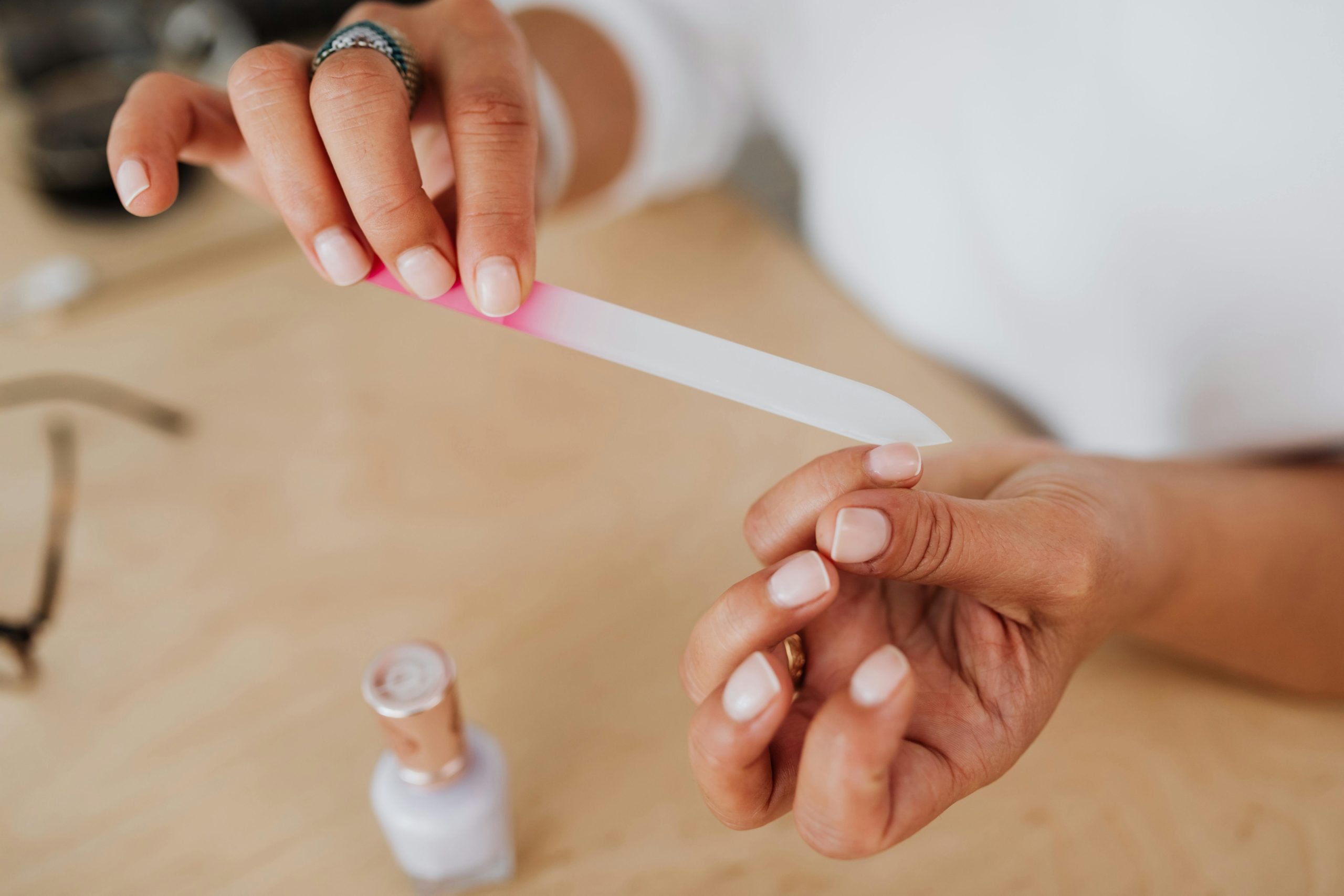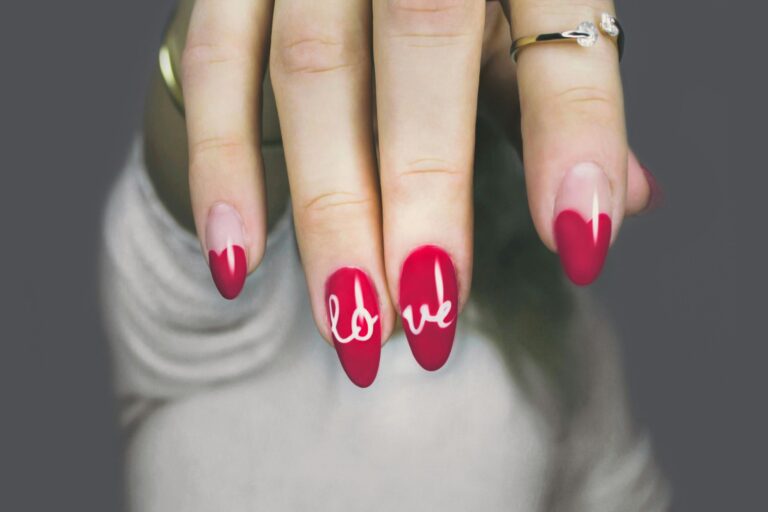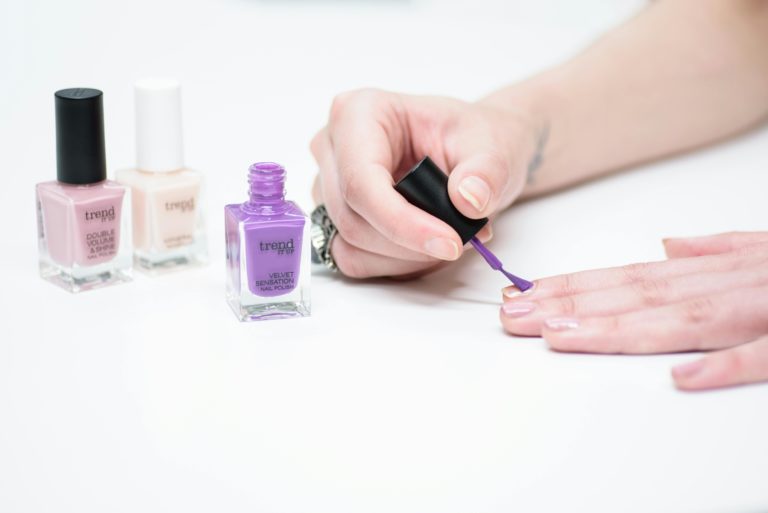In the world of beauty and self-expression, nail extensions and sculpting have come outd as transformative techniques, allowing individuals to achieve stunning, long-lasting manicures. Whether it’s adding length, strength, or intricate designs, these nail enhancement methods have become staples in the beauty industry.
But what exactly is the science behind nail extensions and sculpting?
Join us as we delve into the chemistry, application techniques, and maintenance practices that underpin these popular nail treatments, unlocking the secrets to flawless, durable nails.
The Chemistry of Nail Enhancement Materials
At the heart of nail extensions and sculpting lies a diverse array of materials, each with its own unique chemical properties and characteristics. Acrylics, gels, and polygel are among the most commonly used materials in nail enhancement, each offering distinct advantages and application techniques.
Acrylics, typically composed of a liquid monomer and a powdered polymer, undergo a chemical reaction known as polymerization when combined. This reaction creates a hard, durable surface that can be shaped and sculpted to desired lengths and shapes before curing.
Gels, on the other hand, are light-cured resins that harden when exposed to ultraviolet (UV) or LED light. This curing process allows for precise application and sculpting without the need for mixing or odor, making gels a popular choice for those seeking a more odorless and versatile nail enhancement option.
Polygel is a relatively new addition to the nail enhancement scene, combining the flexibility of gel with the durability of acrylic. Composed of a hybrid formula that combines acrylic and gel polymers, polygel offers ease of application and extended working time, making it an ideal choice for both beginners and experienced nail technicians.
Application Techniques and Artistry
Achieving flawless nail extensions and sculpting requires more than just an understanding of chemistry—it also requires skill, precision, and artistry. Nail technicians undergo extensive training to master the techniques of application, from proper nail preparation and product application to shaping and sculpting.
The application process begins with nail preparation, which involves shaping the natural nails, pushing back the cuticles, and buffing the surface to create a smooth, even base. Next, a primer is applied to promote adhesion between the natural nail and the enhancement material, ensuring long-lasting results.
Once the nails are prepped, the chosen enhancement material—whether acrylic, gel, or polygel—is carefully applied and sculpted to achieve the desired length, shape, and design. Whether it’s creating intricate nail art, encapsulating embellishments, or sculpting delicate shapes, nail technicians use a combination of tools and techniques to bring their clients’ nail visions to life.
Maintenance and Longevity
While nail extensions and sculpting can provide stunning results, proper maintenance is essential to ensure longevity and preserve the integrity of the nails. Regular fills or rebalancing appointments are necessary to fill in the gap between the natural nail and the enhancement material as the natural nail grows, preventing lifting and breakage.
In addition to regular maintenance appointments, proper at-home care is crucial for preserving the beauty and durability of nail extensions and sculpting. This includes avoiding activities that may put excessive strain on the nails, such as using them as tools or exposing them to harsh chemicals.
Conclusion
Nail extensions and sculpting are more than just beauty treatments—they’re a fusion of science, artistry, and craftsmanship that allows individuals to express their unique style and personality through stunning manicures. From the chemistry of nail enhancement materials to the precision of application techniques and the importance of maintenance and care, there’s a wealth of knowledge that goes into achieving flawless, long-lasting nails.
FAQs
Q1: Are nail extensions damaging to natural nails?
Nail extensions, when applied and maintained properly, should not cause damage to natural nails. However, improper application or removal techniques can lead to lifting, breakage, and damage. It’s essential to seek out a skilled and experienced nail technician who prioritizes the health and integrity of the natural nails.
Q2: How long do nail extensions last?
The longevity of nail extensions depends on various factors, including the type of enhancement material used, the individual’s nail growth rate, and their lifestyle habits. Generally, acrylic and gel extensions can last anywhere from 2-4 weeks before requiring fills or maintenance, while polygel extensions may last slightly longer.
Q3: Can I remove nail extensions at home?
While it’s possible to remove nail extensions at home using acetone and gentle pressure, it’s generally recommended to have them professionally removed by a nail technician. Attempting to remove nail extensions at home can increase the risk of damage to natural nails if done improperly.
Q4: Are nail extensions suitable for everyone?
Nail extensions can be suitable for most individuals, regardless of age or gender. However, certain medical conditions or allergies may preclude certain individuals from getting nail extensions. It’s essential to consult with a nail technician or dermatologist if you have any concerns or underlying health conditions.
Q5: Can I still wear nail polish with nail extensions?
Yes, you can still wear nail polish with nail extensions. In fact, many individuals choose to enhance their nail extensions with nail polish, gel polish, or nail art to further customize their manicures. Just be sure to use non-acetone nail polish remover when removing polish to avoid damaging the enhancement material.



